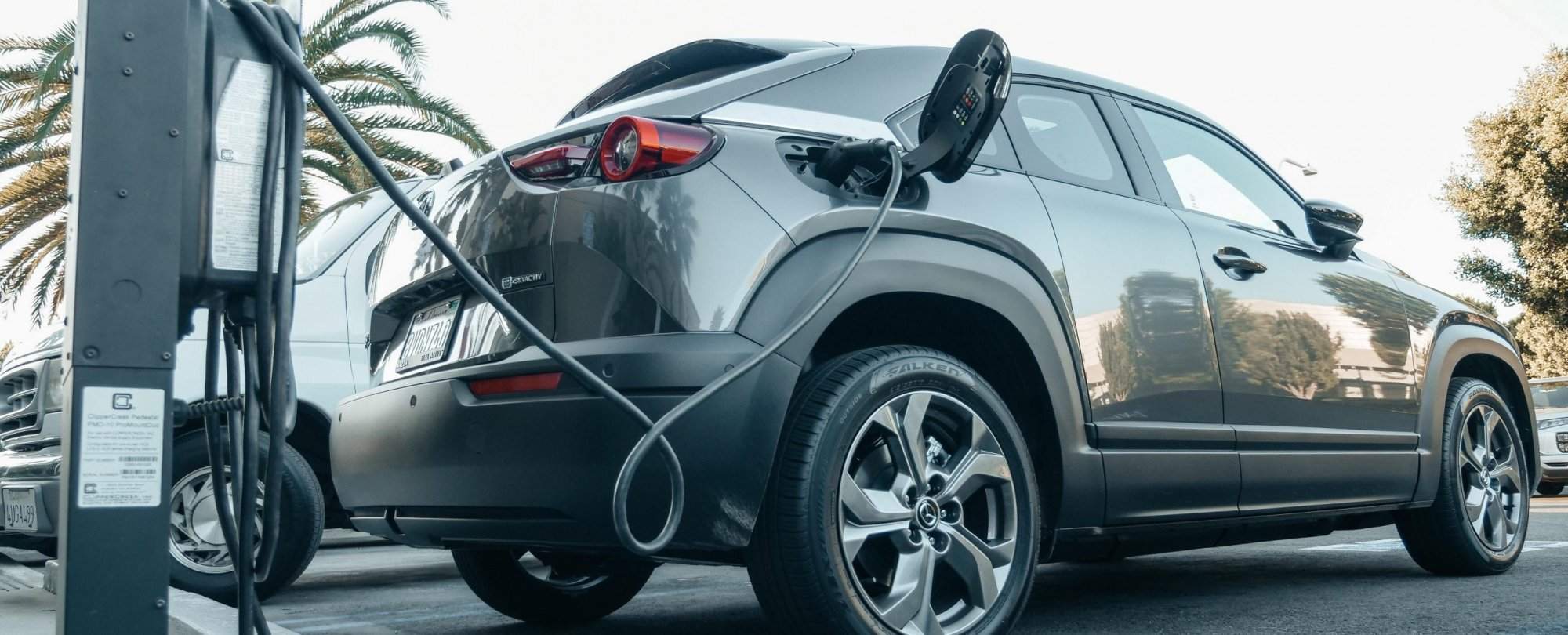As of Tuesday, April 18, the amount of electric cars (EVs) that are eligible for the full $7,500 federal tax credit will be significantly decreased due to tougher battery-sourcing restrictions. The US Treasury Department has produced a list of electric and plug-in hybrid cars that are eligible for the maximum amount of new EV tax credits available, or $,7500, as a result of the Inflation Reduction Act (IRA), which was approved last August.
The new restrictions, which were included in the IRA, demand that at least 75% of an EV’s battery components or raw materials come from North America or nations with free trade agreements with the United States.
As a consequence, according to fueleconomy.gov, just nine EVs will be eligible for the full tax credit as of April 18:
- General Motors Co.’s Cadillac Lyriq
- General Motors Co.’s Chevrolet Bolt EV
- General Motors Co.’s Chevrolet Bolt EUV
- General Motors Co.’s Chevrolet Equinox
- General Motors Co.’s Chevrolet Silverado
- Tesla Inc.’s Model 3 (performance only)
- Tesla Inc.’s Model Y (performance, all-wheel drive, and long-range all-wheel drive)
- Ford Motor Co.’s F-150 Lightning (standard and extended range battery
- Volkswagon AG’s ID.4 (Pro, Pro S, Pro S Plus, S, S Standard)
Six additional EVs from Tesla, Ford, and Rivian qualify for half credits, bringing the total available to qualified purchasers to $3,750.
The new standards represent a significant setback for the Biden administration’s aim of having 50% of new vehicles sold in the United States be electric by 2030. They might, however, assist in hastening the establishment of a local EV supply chain, making EVs more inexpensive and accessible to customers.
Tighter sourcing rules slash electric vehicle tax credits
The list of qualifying cars, which was issued on Monday, April 17, confirmed what automakers had suspected: many consumers would be ineligible for government subsidies for their EVs since not enough of their battery components or raw materials were obtained in North America.
Hyundai Motor Co., Nissan Motor Co., BMW AG, and Volvo Car AB all had vehicles that were approved for partial credits earlier this year but were no longer eligible as of April 18.
Several EVs, like Ford’s Mustang Mach-E sport utility vehicle and Tesla’s Model 3 sedan in Standard Range, will have their credits reduced from $7,500 to $3,750.
The entire tax credit will be significantly more difficult to obtain for the next several months than the government’s list says. Three of the ten qualifying vehicles—electric versions of General Motors’ Chevrolet Silverado truck and Blazer and Equinox SUVs—will not be available until the summer or fall of 2023.
Leasing loophole provides some relief to EV credit requirements
Following an extensive lobbying campaign following its enactment in August, the Biden administration did grant manufacturers some leeway on the rules. The Treasury Department said in December that it would deem leased automobiles and trucks to be commercial vehicles exempt from sourcing restrictions.
Details on the EV tax credit
Individuals and corporations who acquire or lease an electric vehicle are eligible for the Electric Vehicle Tax Credit. The credit is worth up to $7,500, depending on a number of criteria, including the type of car. The EVTC was initially launched in 2009 and has subsequently been expanded many times, the most recent of which was included in the IRA.
Requirements to claim the EVTC
Vehicles must fulfill many standards in order to be eligible for any component of the EVTC. These are listed in the Treasury guidance:
To be eligible for the EVTC, a specified amount of an EV’s battery components must be made or built in North America. The current percentage is 50% in 2023 and will rise by 10% each year until it reaches 90% in 2028.
For EVs to be qualified for any percentage of the credit, at least one of the essential mineral and battery component requirements must be satisfied (see more information below).
All EVs must be assembled in North America.
All EVs must be under $55,000, or $80,000 for SUVs.
All EVs must be acquired by an individual earning less than $150,000 per year or a family earning less than $300,000 per year.
**Notable commercial vehicle exception
Commercial cars leased or rented by enterprises are exempt from the EV tax credit’s North America-assembly or battery-sourcing criteria, considerably expanding the number of qualifying vehicles.
Details about mineral and battery component requirements
As previously stated, EVs must meet at least one of the essential mineral and battery component standards in order to qualify for any share of the credit. The Treasury and IRS draft regulations, released on Friday, 03/31, explain the conditions for claiming any portion of the EVTC.
At least 40% of the battery minerals have to be harvested, processed, or recycled in the United States or countries with free trade agreements with the United States.
At least 50% of the battery components have to be made or built in the United States.
The entire $7,500 credit is available to electric vehicles that fulfill both the key mineral and battery component requirements. A $3,750 credit is available for vehicles that fulfill one of the conditions.


0 Comments